Yeah, you definitely start to find the spots where you need to fill in the gaps. I find that the middle of the focal range is where I notice the biggest need for primes. That 14-42mm is handling most of the “wide to normal” for me right now since I’m not doing full on portraits with this particular camera… if I was I’d probably look into something in the 35mm or 55mm super fast lenses specifically for that task.
Well, yes. I do need to find the spots where I need to fill in the gaps and this will require some (significant) experience. I'm always reading a lot about stuff, and there's too much to learn regarding photography, still. For instance, I was trying to shoot the milky way this weekend under Bortle class 2 skies. The results were good, but not exactly great. I was thinking "yeah maybe a fast and wide lens will do". Now, I've read that people actually tend to stitch mid-focal length individual shots together instead. That's when photos actually look good, not so much when using those nice, fast, wide primes like the famous Rokinon or Simga lenses. Quite the surprise to me, honestly. That is just an example to illustrate my point, which is, there is usually a right(er) answer, but rarely an easy answer.
Regarding portraits, I used to like the strong bokeh of fast primes on a DSLR since my mom got a 50mm f1.8 for my old Canon years ago, but recently I've learned to appreciate short telephotos, too. 42mm gets you ~85mm equivalent, which is quite nice, just not very creamy at those apertures. I agree with your comment that it would only make sense if you were to get a 7artisans 55mm f1.4 or something.
With birding I’ve never been able to deal with primes since things change so quickly…
Yes, I too would use the whole 150-600mm range on my Tamron/Nikon all the time for birds. I think it's a known fact that for wildlife one gets primes for increased sharpness, but knowing that you will have to crop very frequently. And when you crop to the equivalent increased focal length on the zoom, you don't get the increased sharpness advantage. It's mostly a budget game, I think.
I would also suggest start looking around for extra batteries.
Agreed. I'm looking into buying a kit from Kastar (2-4 batteries plus USB charger), which is selling for $40-$70. As a matter of fact, cheaper than a single OEM battery ($80). Go figure. On my Nikon, two batteries would last me 3-4 days outside while backpacking (in theory, ~1000 shots). The EM-1 Mark II is rated for 440 shots per battery, so I think the OEM plus 2 extra will suffice. USB-C charging is a must, because that's what I use to charge my action camera's batteries and other devices using my portable power bank. I think a kit from Kastar will do.
It’s been really nice so I can either carry a spare or just swap the low battery for a new one when I get home and not have to wait for any charging.
Also agree. On a day or half a day out shooting, I usually use half a battery, swap it when I get home, and let the other one charge. It's simply practical.
I'm waiting for my Olympus 14-42 electronic zoom to arrive, which should be here on Monday. My next steps will probably be the extra batteries. Then, a Lumix 100-300mm for wildlife (or equivalent). I'm (really) excited to see where this is gonna take me. Look at this, selling a couple of Nikon F lenses to fund a completely new system -- relatively small changes in practice and likely not changing the end result much, yet such a different approach to the hobby. I feel like this journey is going to be fun!
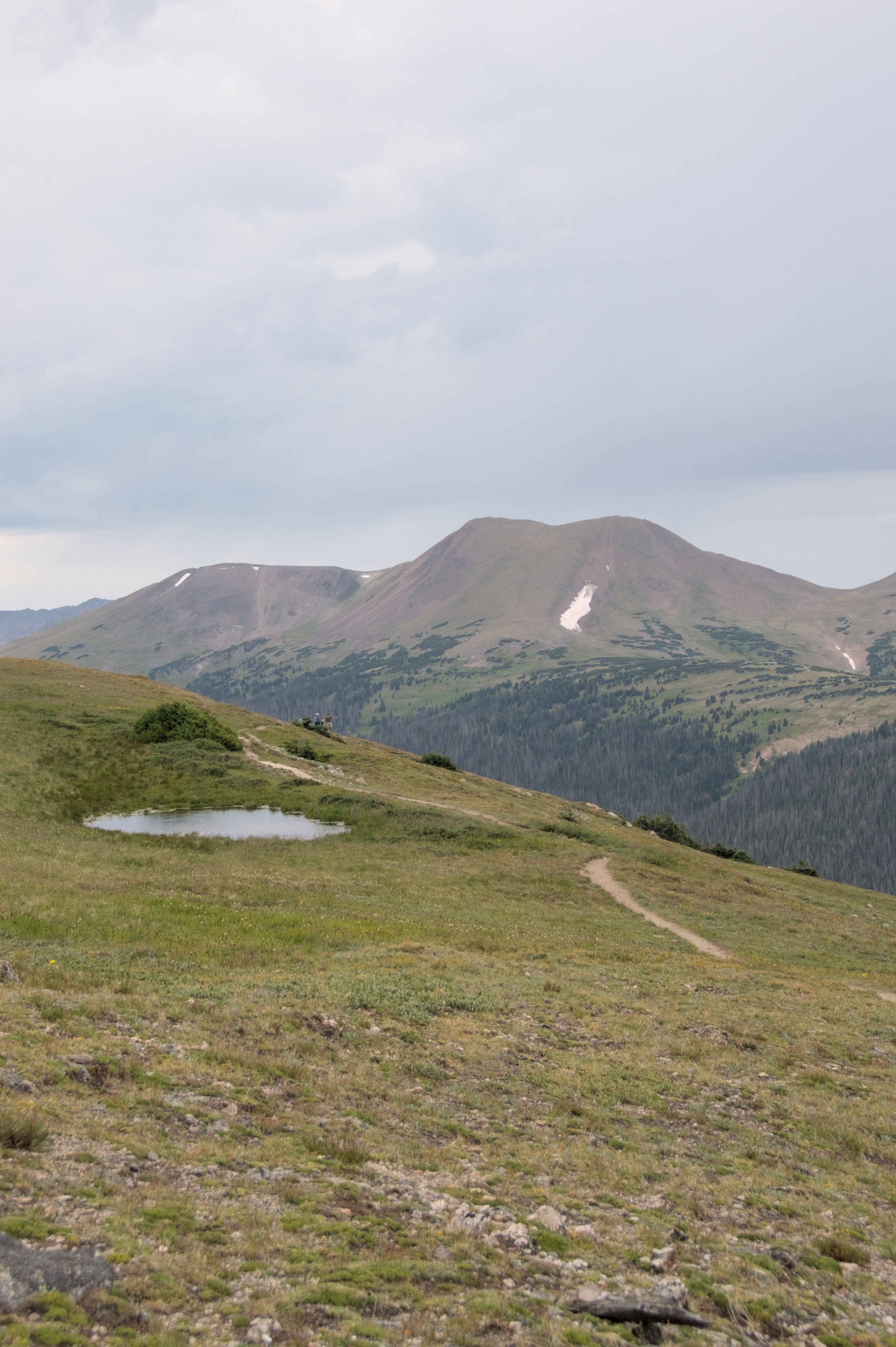
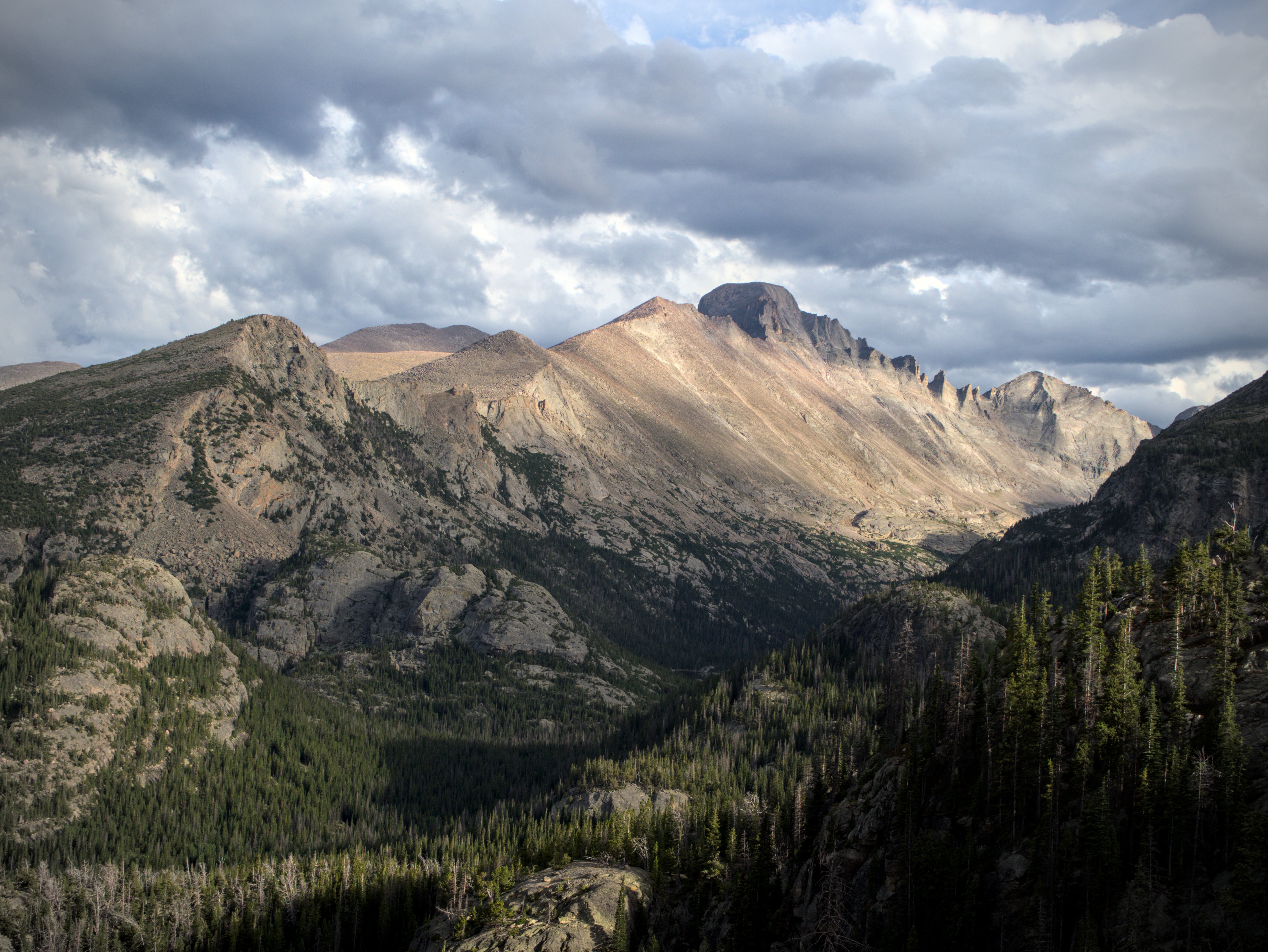
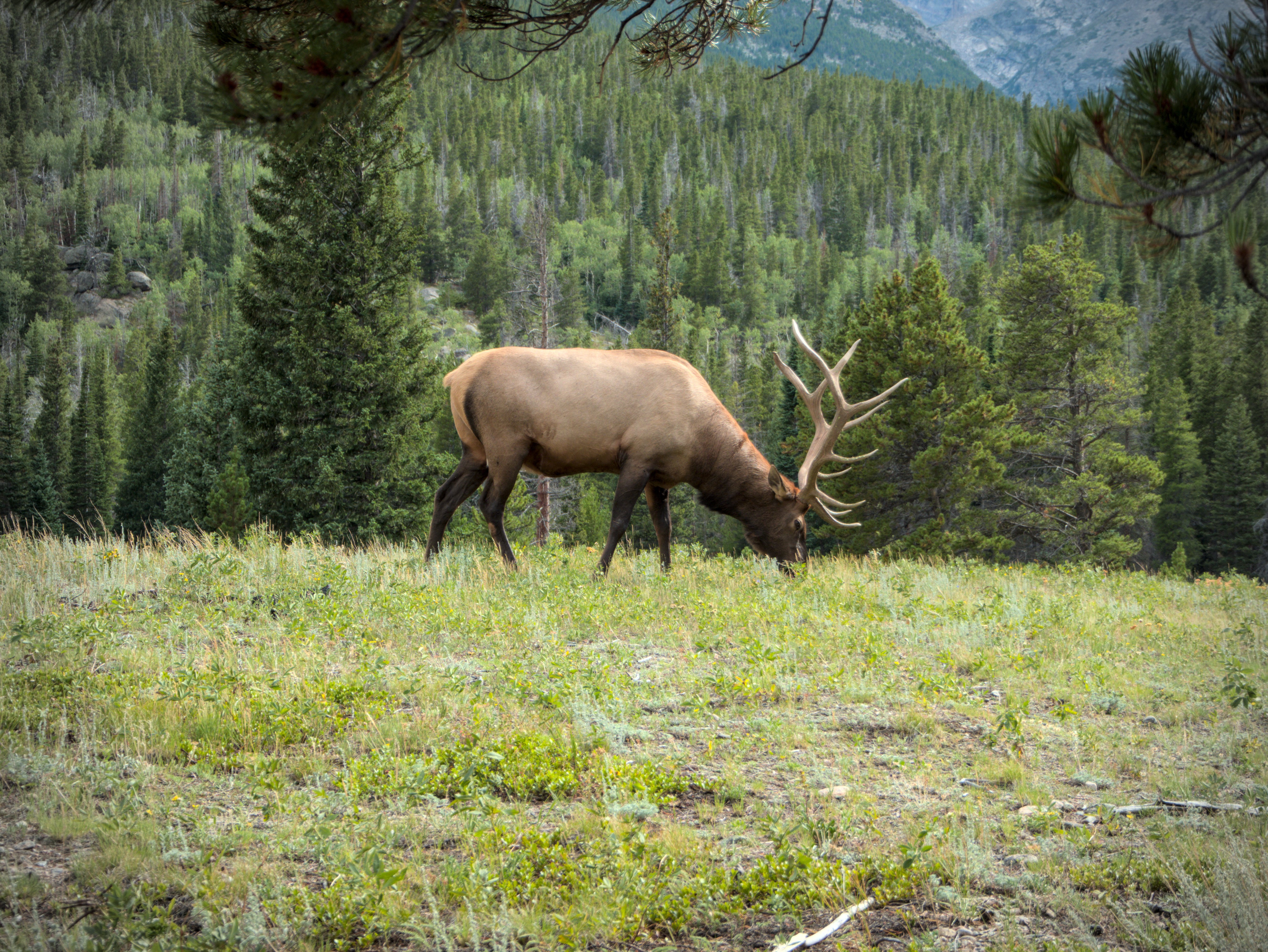
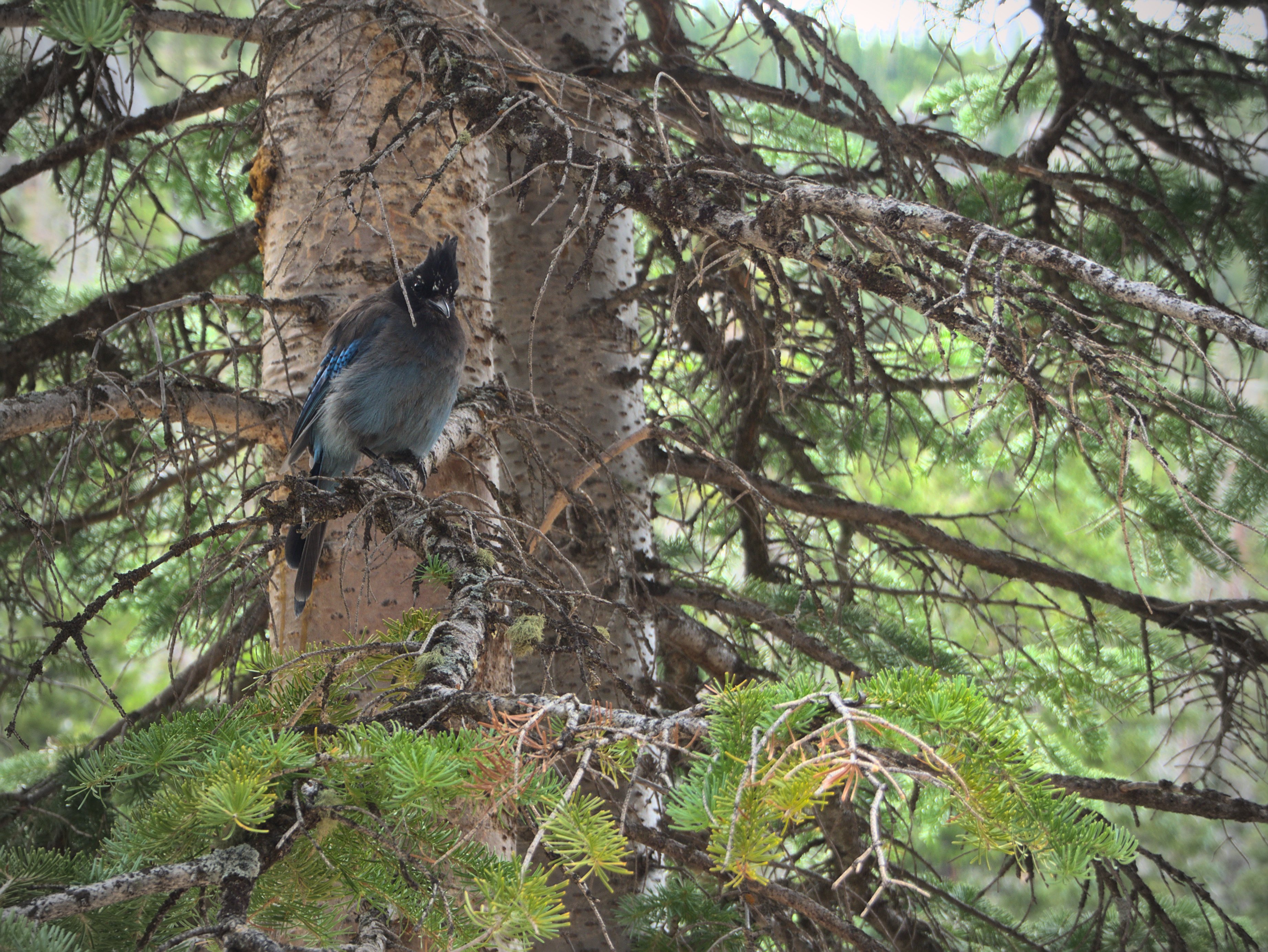
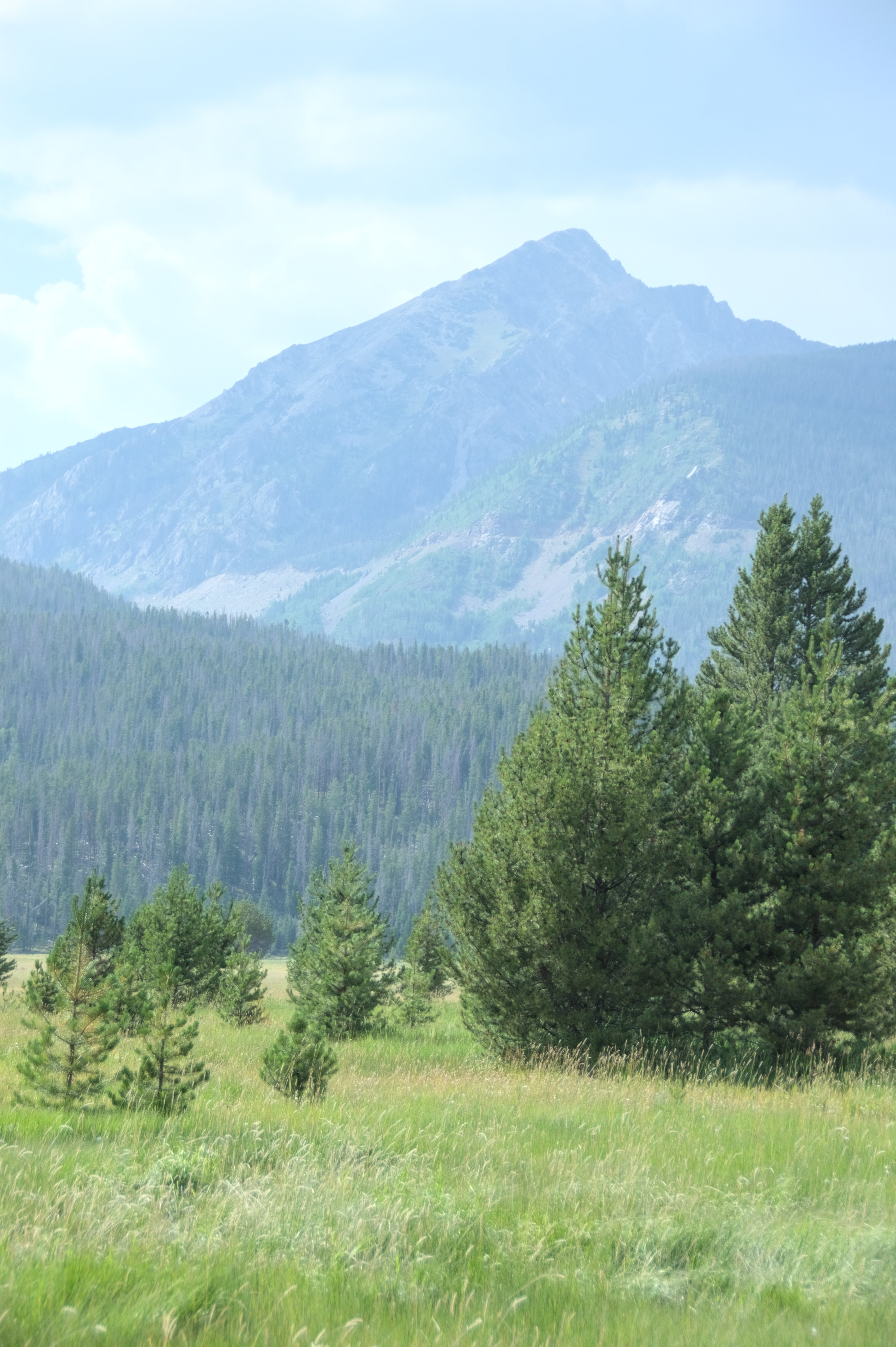
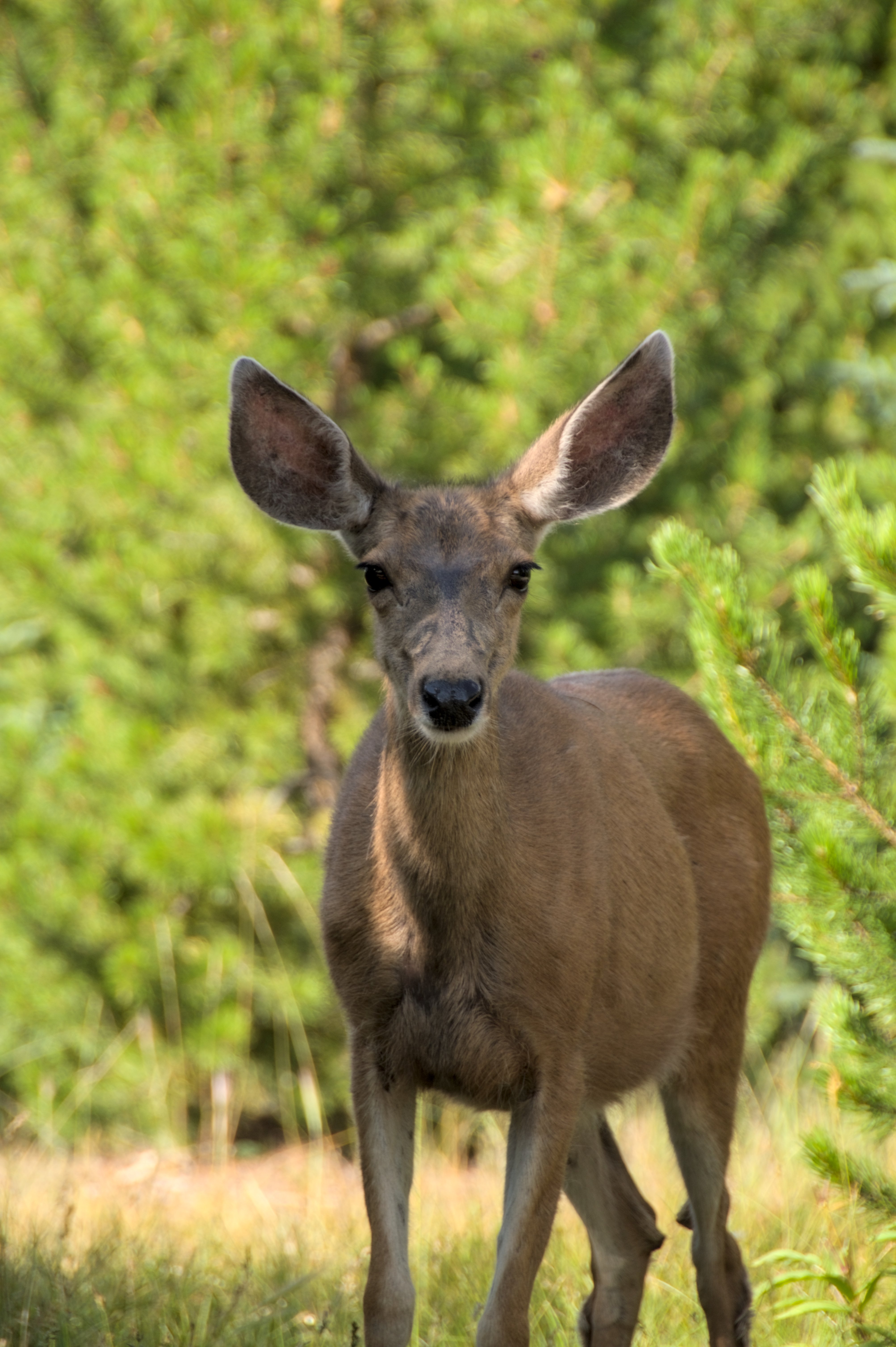
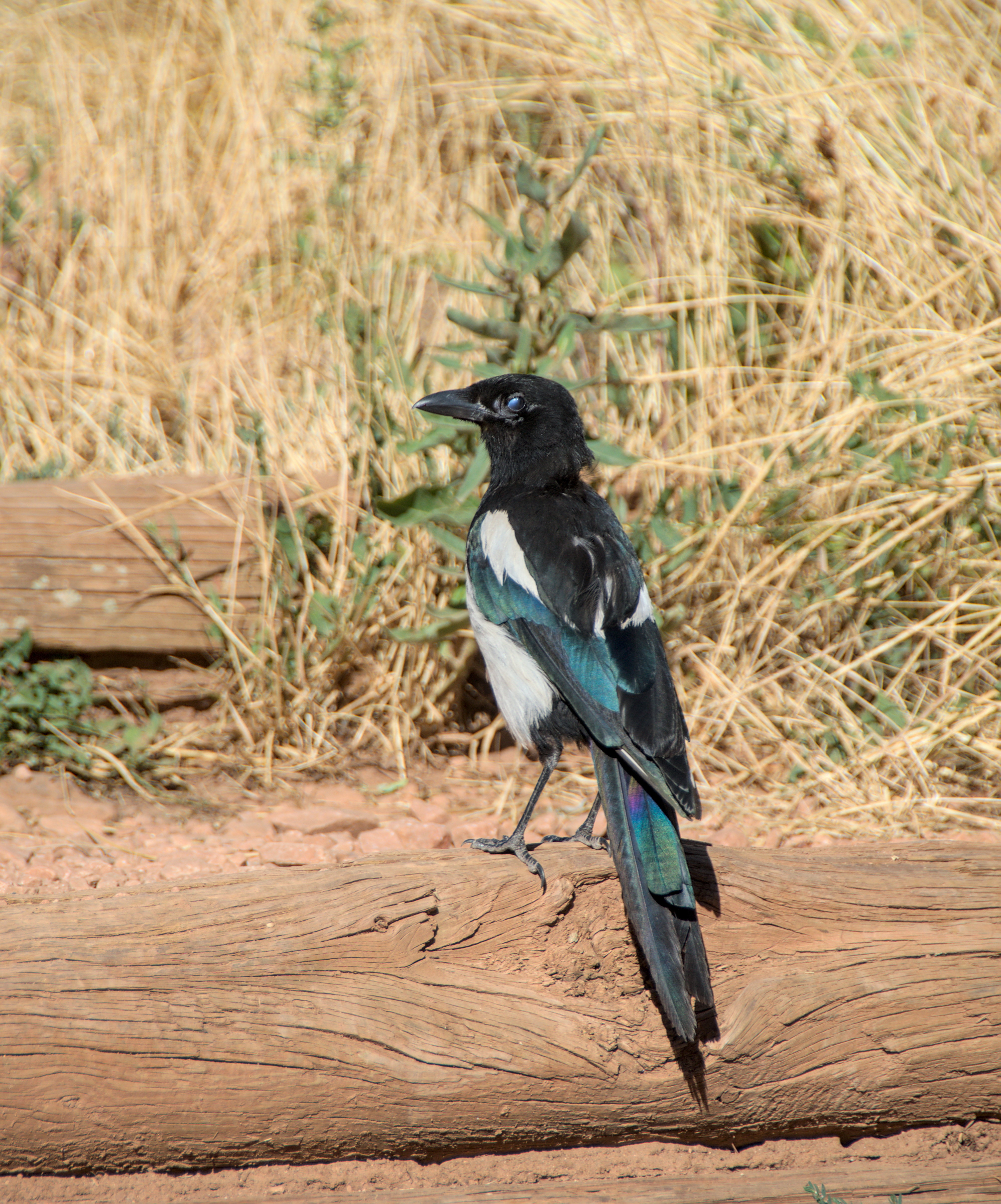






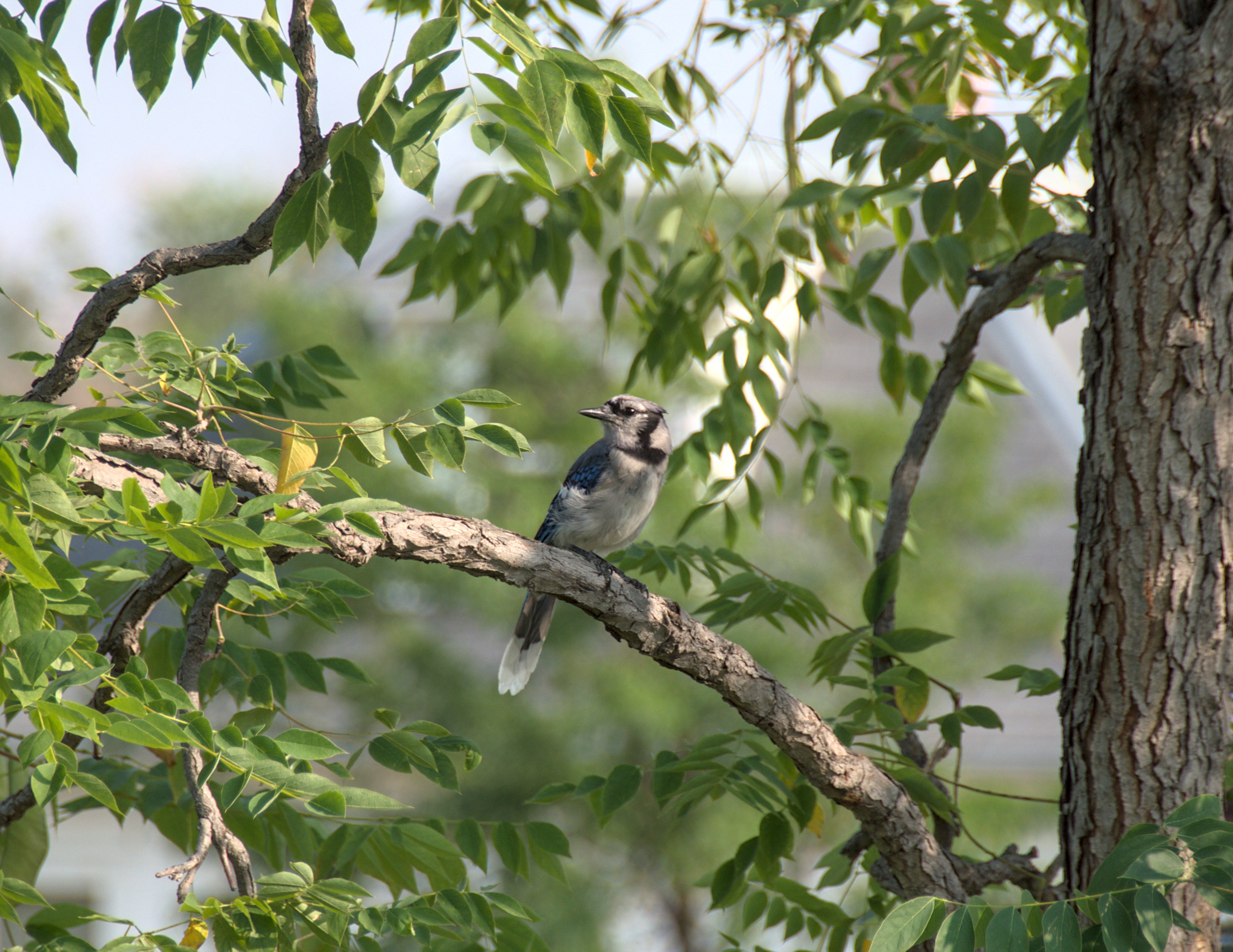

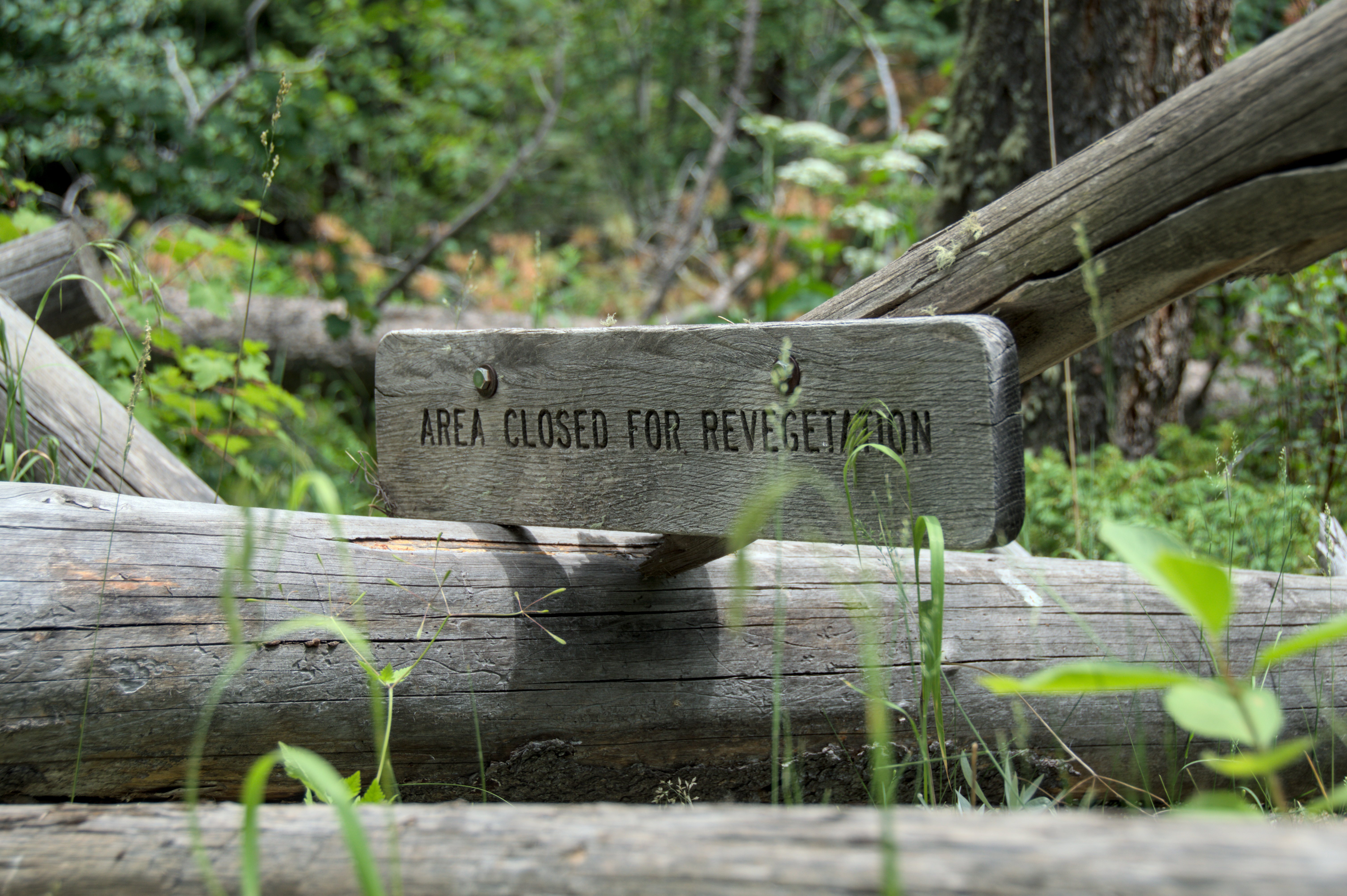
And he knows he's the boss! I have a 4K video of him, too. I'll see if I can upload it somewhere and share it here